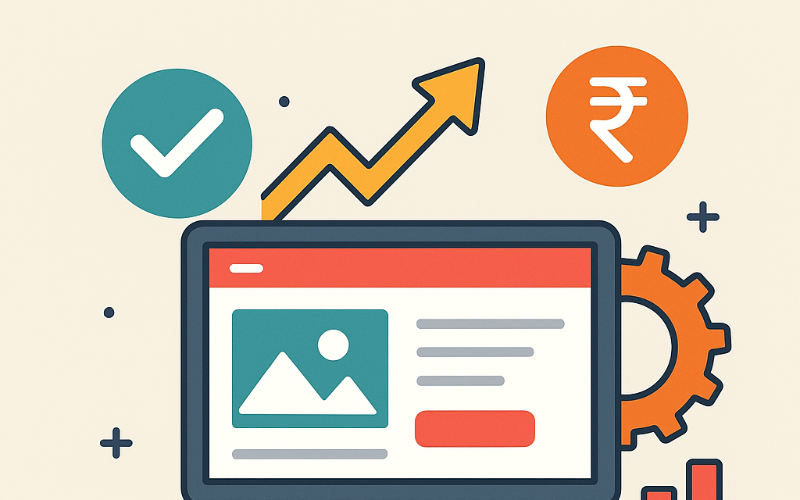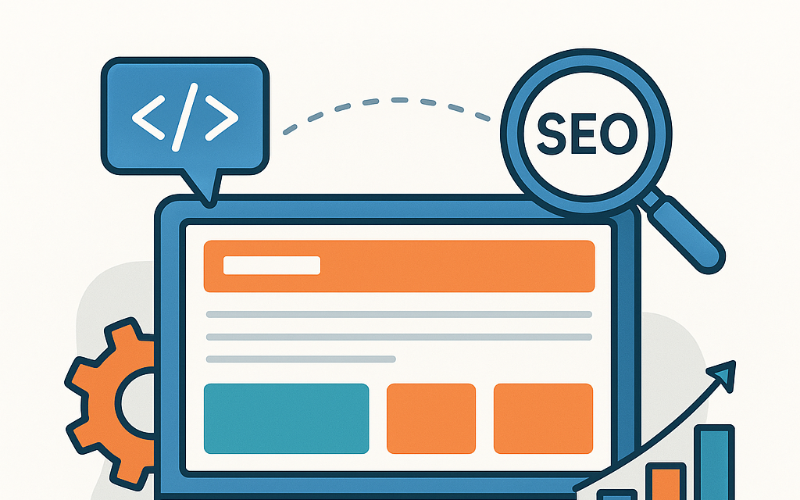30.10.2025
Introduction
In the digital ecosystem of 2025, consistency is king. Whether a user interacts with your brand through a mobile app, website, smart display, or wearable, they expect a cohesive visual and functional experience. Yet historically, design systems and content management systems (CMS) operated in separate silos — designers managed components, while content teams handled pages.
The rise of headless CMS and component-driven design systems has changed that narrative. Together, they’re enabling a unified, API-driven approach to design and content delivery, ensuring every customer touchpoint feels aligned and intentional.
Understanding the Core Concepts
What is a Design System?
A design system is a collection of reusable UI components, design tokens (such as color, spacing, and typography), and documentation that define a brand’s digital identity.
What is a Headless CMS?
A headless CMS decouples the backend (where content is created and stored) from the frontend (where content is displayed). This allows teams to deliver content via APIs to any digital surface — websites, mobile apps, voice assistants, or IoT devices.
Why Integration Matters in 2025
In an omnichannel era, brands can’t afford visual inconsistency. Integrating a design system with a headless CMS ensures that content structure and design logic evolve together — creating design-aware content delivery pipelines.
The Shift Toward Component-Driven Content Delivery
Atomic Design Principles in Headless Environments
Atomic design breaks interfaces into small, reusable building blocks — atoms, molecules, and organisms. When applied to a headless CMS, each “atom” (like a button or icon) can be connected to a content model, ensuring uniformity across every channel.
Design Tokens and API-Driven Styling
Design tokens — JSON-based variables for brand colors, fonts, and spacing — can be stored in a version-controlled repository and fetched by both design tools and CMS templates via APIs. This ensures brand consistency, even as new platforms emerge.
How Design Systems and Headless CMS Interact
Syncing Components with Content Models
Modern workflows use component libraries (React, Vue, Svelte) connected to CMS schemas through content modeling APIs. This allows non-developers to assemble pages visually using pre-approved design components.
Bridging UX and Content via APIs
Through GraphQL or REST APIs, the headless CMS fetches structured content that dynamically populates UI components — ensuring consistent experiences across all endpoints.
Dynamic Previews and Visual Editing
New tools are bridging the gap with visual editing layers. Platforms like Storyblok, Contentful, and Sanity now allow editors to preview live content inside the component layout — making collaboration between design and content teams seamless.
Benefits of Integration
Brand Consistency Across Channels
With a unified design language, every button, heading, and color remains consistent — regardless of the platform or device.
Improved Developer-Designer Collaboration
Shared design systems reduce redundancy. Developers focus on logic; designers ensure fidelity. Everyone works from the same source of truth.
Scalable Omnichannel Experience Delivery
Once built, design components can serve multiple channels, from marketing sites to e-commerce apps — drastically improving scalability and ROI.
Tools & Frameworks Empowering Integration
Figma, Storybook, and Design Tokens
These platforms manage visual consistency. Combined with Git-based workflows, they ensure every release reflects the latest brand standards.
Integrations: GraphQL, Next.js, and Headless APIs
Using frameworks like Next.js, Astro, or Remix, content is rendered dynamically with speed and precision — a must for omnichannel success.
FAQs about Design Systems and Headless CMS
Q1. How does a design system improve headless CMS workflows?
A1. It standardizes visual components, ensuring that content delivered via APIs maintains consistent brand aesthetics.
Q2. Which tools are best for integrating design systems with CMS?
A2. Figma, Storybook, GitHub (for design tokens), and modern CMS platforms like Storyblok, Sanity, and Contentful.
Q3. Can non-developers use headless CMS with a design system?
A3. Yes — low-code interfaces and visual editors make it easier for marketers to assemble pages using pre-built components.
Q4. What’s the role of design tokens in this setup?
A4. They’re the bridge between design and code — ensuring visual styles are reusable and consistent across all interfaces.
Q5. Is this approach suitable for small teams?
A5. Absolutely. Even small startups benefit from a shared design language, reducing maintenance costs and scaling easily.
Q6. What’s next for design systems in CMS architecture?
A6. Expect tighter AI integration, automated content-to-design mapping, and predictive experience personalization.
Conclusion: The Path to Consistent Experiences
The integration of design systems and headless CMS represents the future of digital experience delivery. By aligning design language, content structure, and delivery pipelines, organizations can scale globally while staying visually and experientially consistent.
As we move through 2025, this convergence isn’t just a technical choice — it’s a strategic necessity for brands that want to deliver beautiful, consistent, and intelligent digital experiences everywhere.






